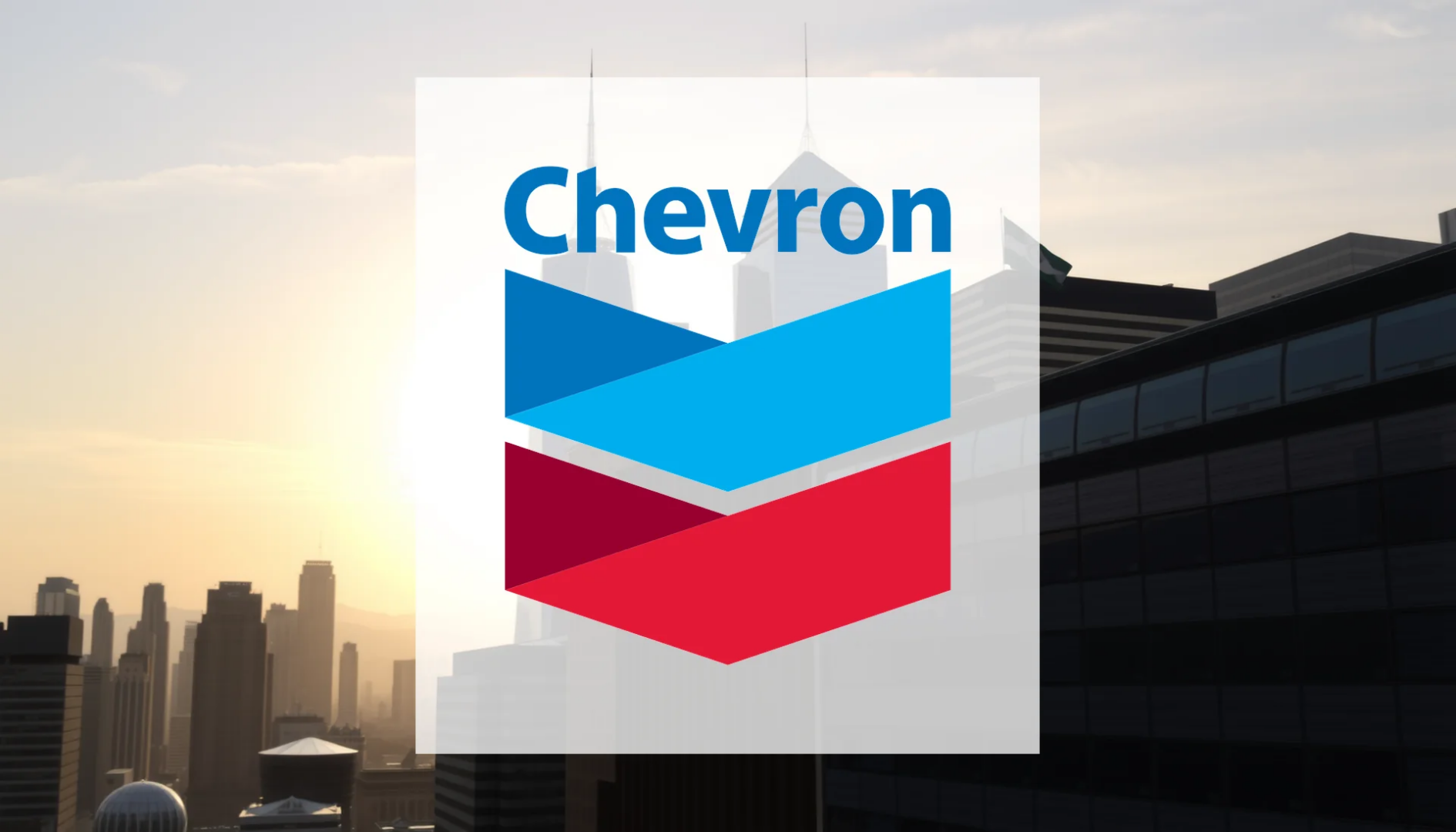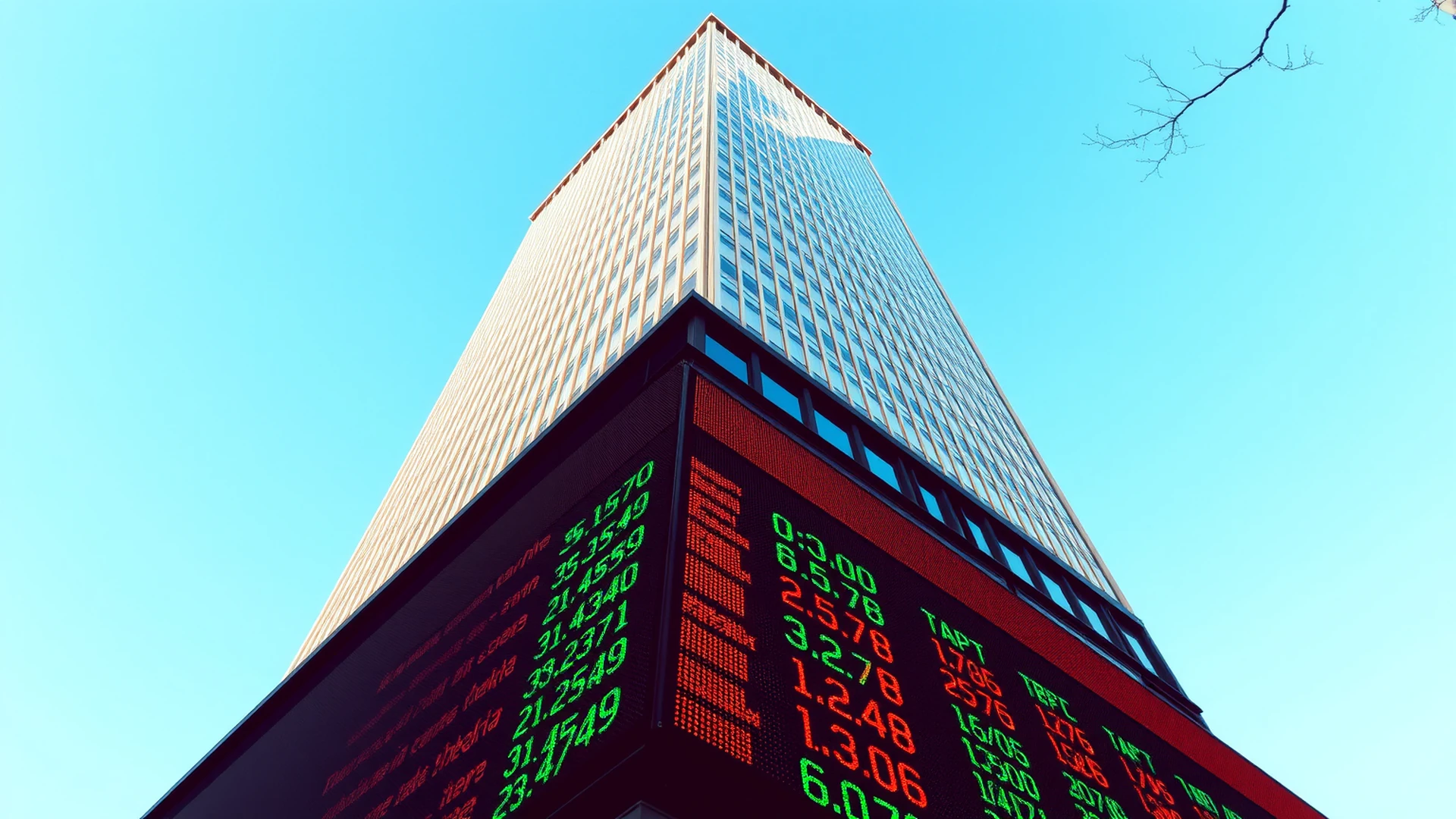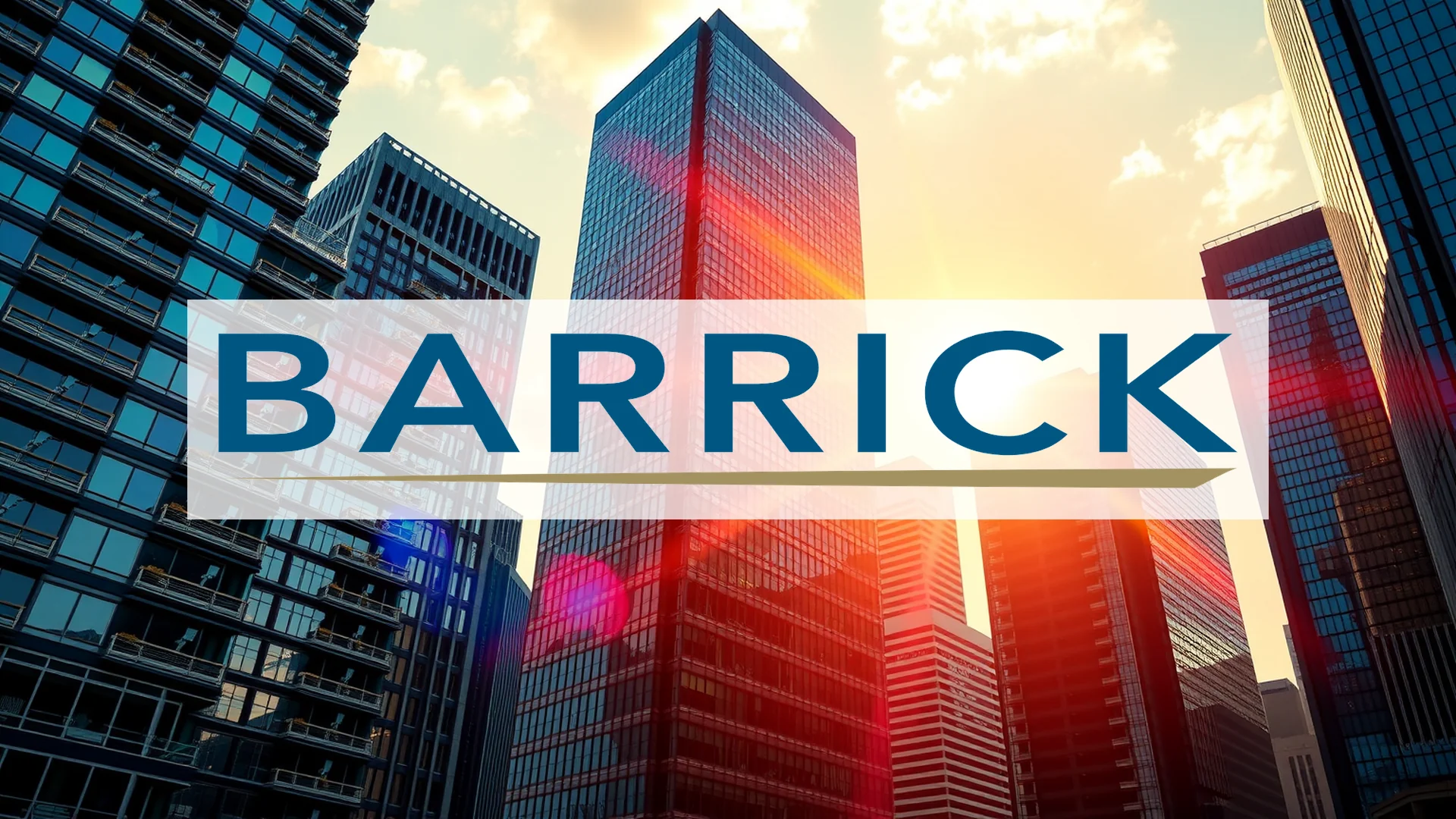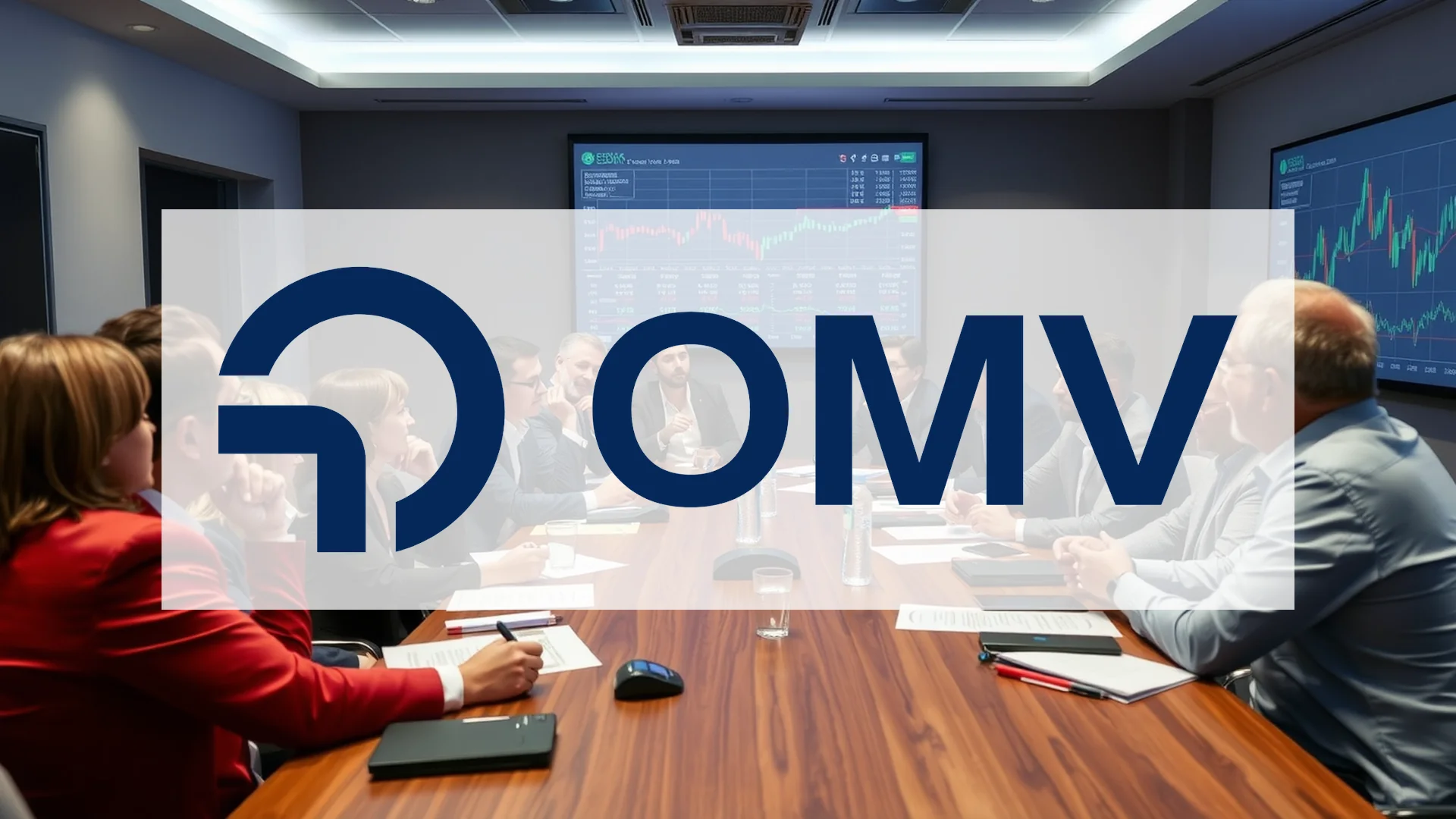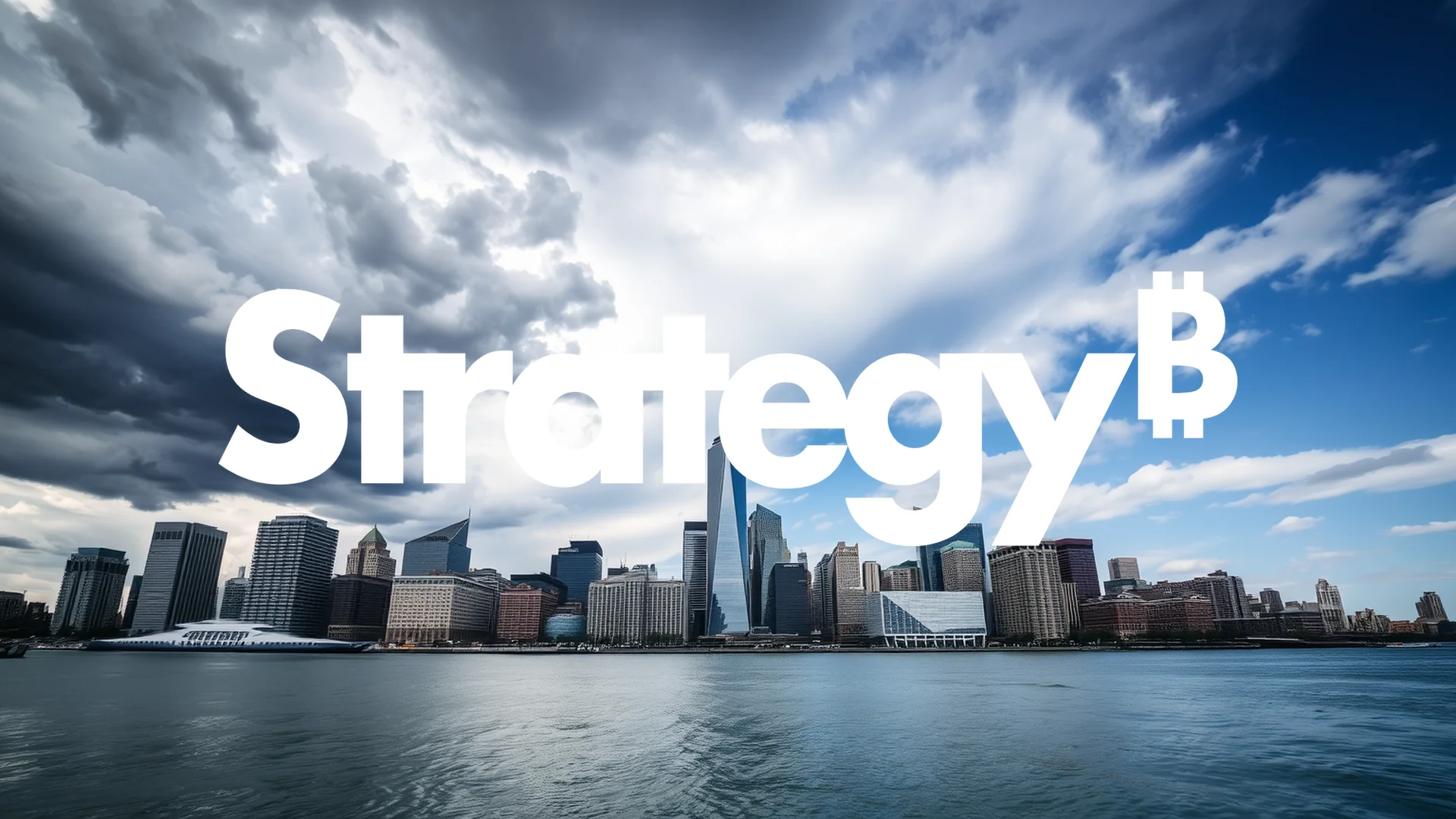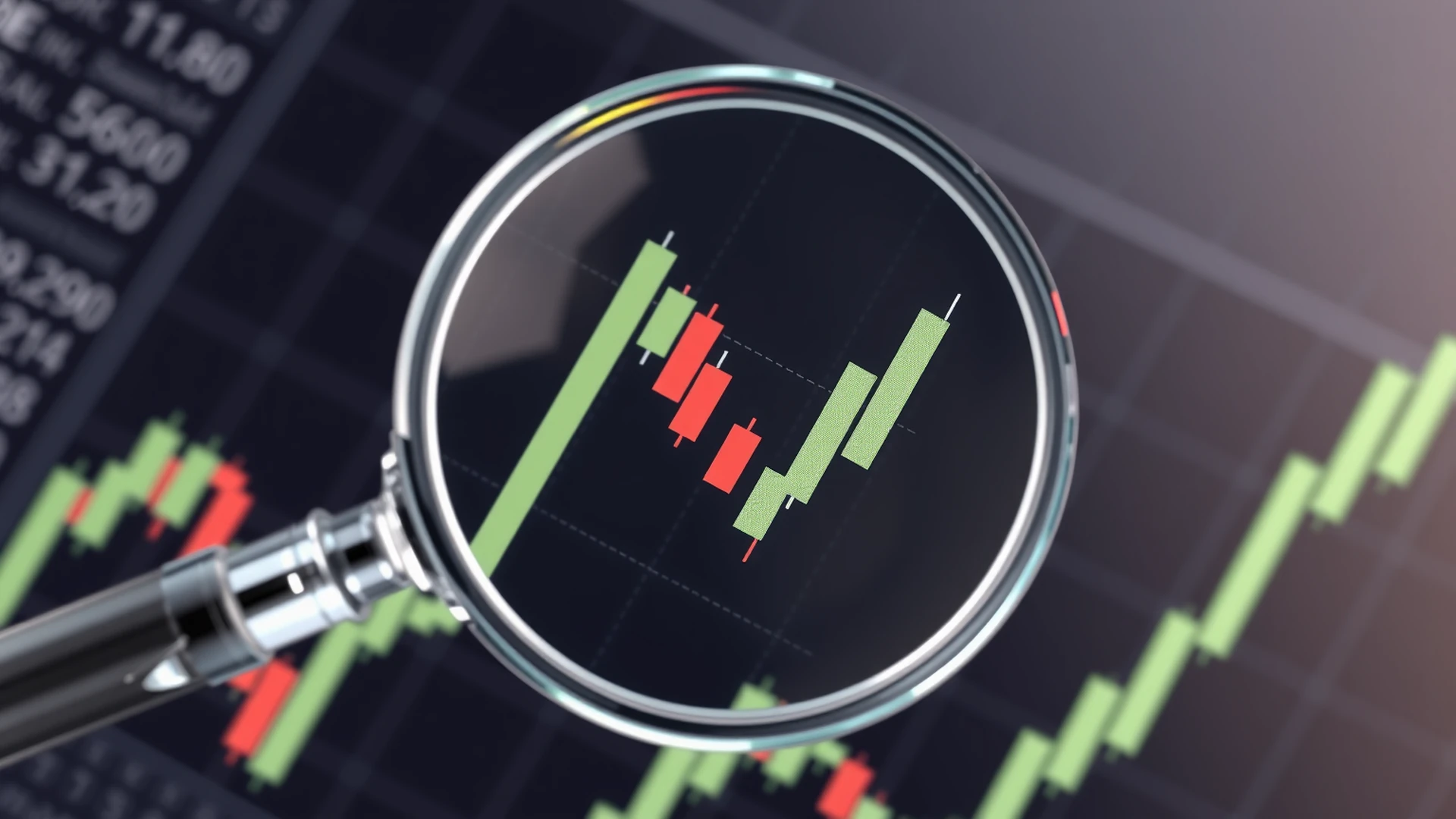As the global energy sector navigates turbulent market conditions, Chevron demonstrates notable operational resilience. The company’s current share price movements reflect deeper strategic decisions that could fundamentally shape the oil giant’s future trajectory.
Financial Performance and Shareholder Returns
Chevron delivered a stronger-than-anticipated performance in the second quarter of 2025. The corporation reported adjusted earnings of $1.77 per share, comfortably surpassing analyst projections of $1.58. Revenue reached $44.82 billion, also exceeding expectations, though this represented a 12.4% decline compared to the same period last year, highlighting ongoing sector challenges.
The company maintains its appeal to long-term investors through an attractive dividend yield of 4.5%. Market attention now turns to third-quarter results, scheduled for release on October 31, 2025, which will provide further insight into Chevron’s operational performance.
Global Development Initiatives
Despite market volatility, Chevron continues advancing strategic international projects that signal long-term planning horizons. In Greece, the government is finalizing an agreement with Chevron and Helleniq Energy for offshore gas exploration near Crete. Seismic surveys are projected to commence in 2026, with initial drilling operations anticipated after 2030.
Simultaneously, the company plans to initiate drilling operations in October 2025 within the shallow waters of Suriname’s Block 5. These parallel development efforts demonstrate Chevron’s continued investment in future production capacity despite fluctuating market conditions.
Should investors sell immediately? Or is it worth buying Chevron?
Institutional Investor Sentiment and Risk Management
Financial institutions display varied positioning toward Chevron shares:
– RFG Advisory LLC increased its stake by 46%
– Moran Wealth Management established a new position valued at $13.8 million
– Wilmington Savings Fund Society reduced its holdings by 5.5%
A less-publicized aspect of Chevron’s risk management strategy involves its subsidiary Jamestown Insurance Company, which maintained an A-rating before Chevron voluntarily withdrew the assessment. This captive insurance structure provides the corporation with enhanced flexibility in reinsurance markets and more stable pricing—a significant competitive advantage during periods of market uncertainty.
Analyst Outlook and Price Projections
Market researchers maintain generally optimistic but cautious recommendations for Chevron equity. The average price target among analysts stands at $165.40, though individual institutions have recently adjusted their projections. While Barclays and Mizuho moderated their expectations, UBS Group elevated its price target to $197, indicating confidence in Chevron’s strategic direction despite challenging industry dynamics.
The critical question remains whether Chevron can validate bullish expectations and reverse its downward trend. The coming months will reveal if the company’s strategic investments and reliable dividend payments can generate sustainable momentum for share price appreciation.
Ad
Chevron Stock: Buy or Sell?! New Chevron Analysis from November 30 delivers the answer:
The latest Chevron figures speak for themselves: Urgent action needed for Chevron investors. Is it worth buying or should you sell? Find out what to do now in the current free analysis from November 30.
Chevron: Buy or sell? Read more here...

